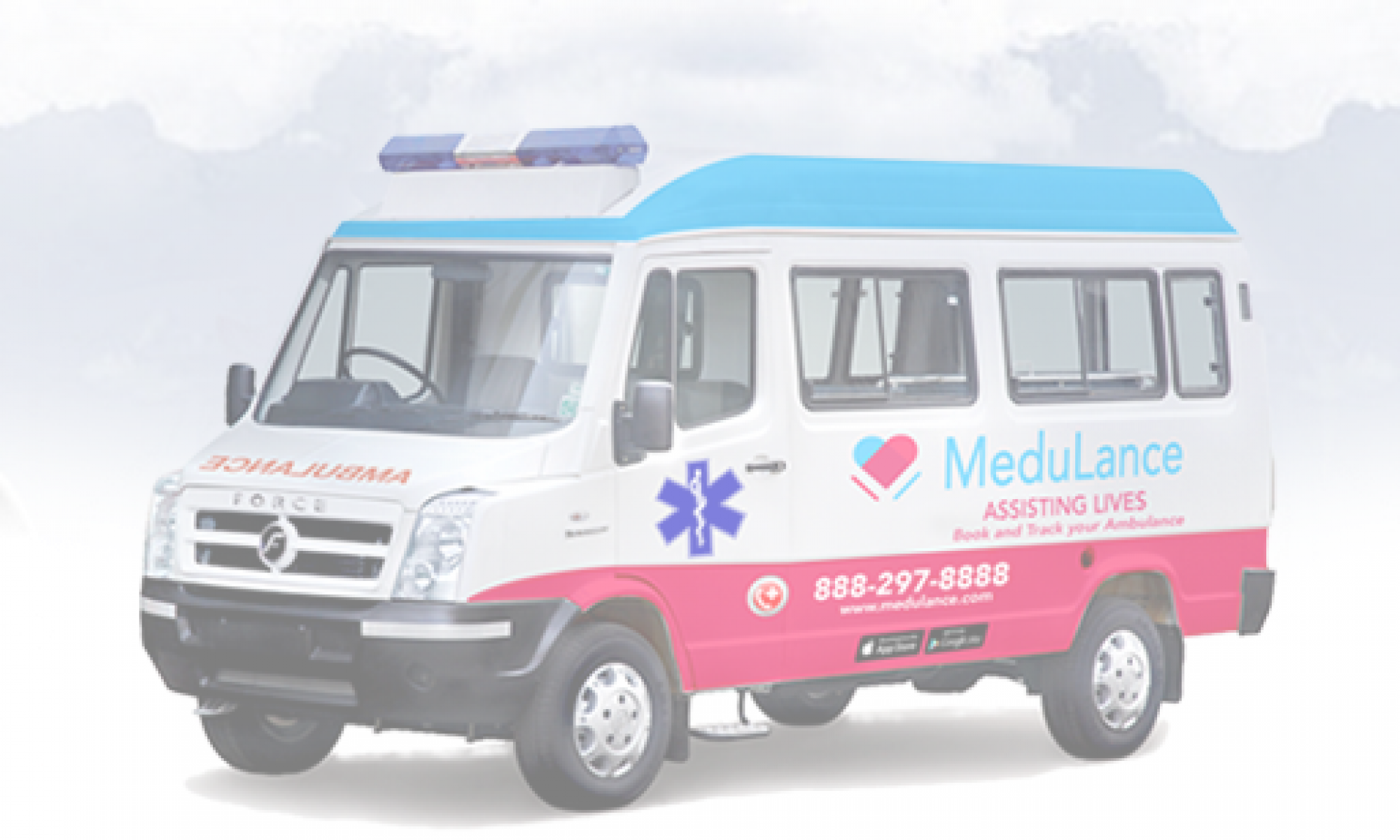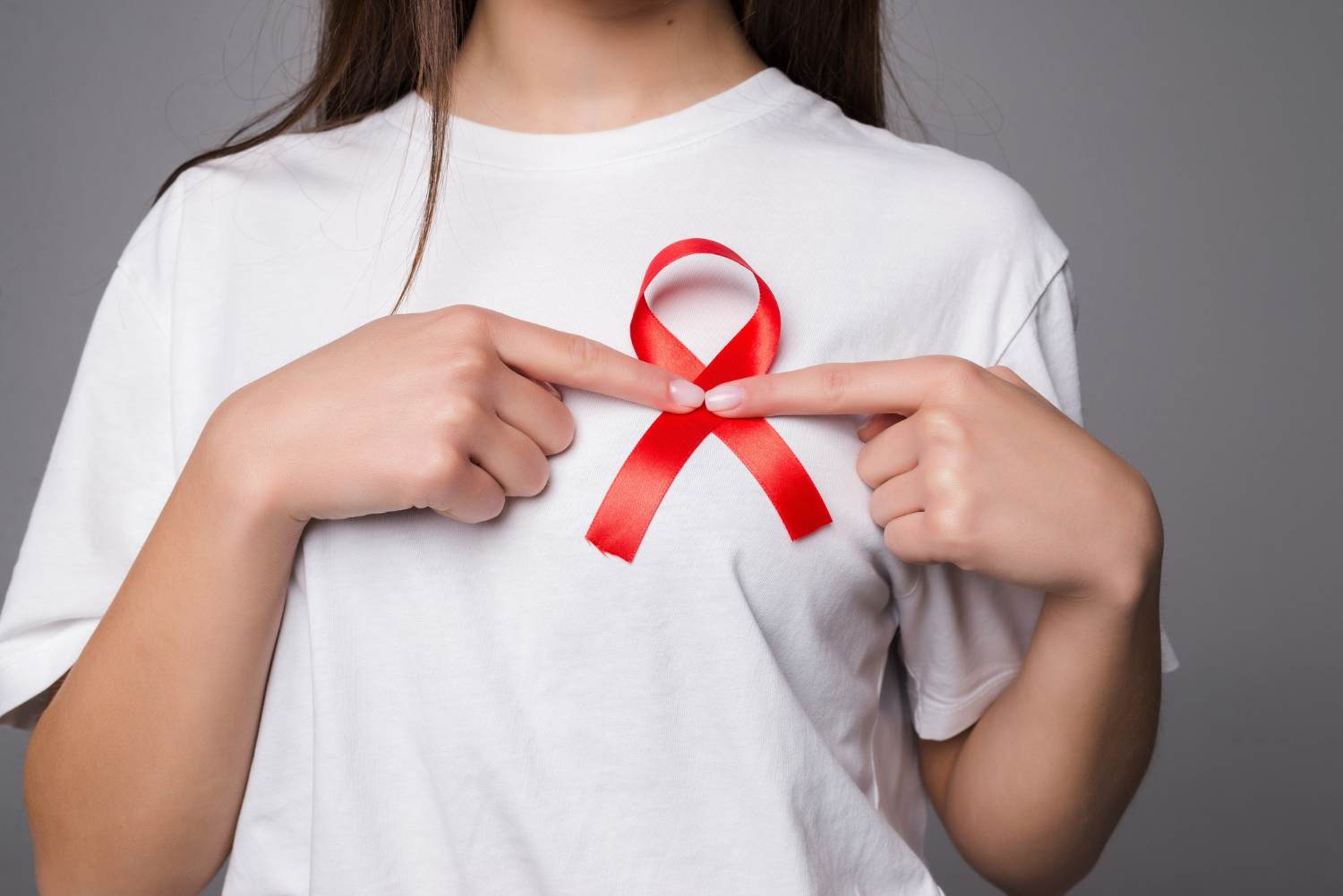Breast cancer is known to be the most typical cancer affecting women across the globe and in India. October is observed as Breast Cancer Awareness month, with the aim to increase awareness about the disease and its prevention. While the majority of breast cancer is high, the survival rate is equally high, 90% of patients beat cancer. With increased awareness and advanced treatment methods, what was once a grim diagnosis turned into a treatable disease in many cases. Here are some of the facts about breast cancer and simple ways that may help reduce risk.
Things to Know About Breast Cancer
- Know the risk factors
- Know the warning signs
- Early diagnosis means a better prognosis
- Total mastectomy isn’t the only option
- Breast cancer isn’t only for women
- You can reduce your risk of breast cancer
The first fact to know about is the risk factor. A woman meeting older is the main risk factor for developing breast cancer. Other than that, risk factors for breast cancer can also include a family history of the disease and inherited changes or mutations to certain genes, such as BRCA1 and BRCA2. Such risk factors for breast cancer are beyond anybody’s control.
It is important to know the warning signs of breast cancer. These signs are not the same for all women. Breast cancer is asymptomatic and often occurs on a mammogram before a lump can be felt. However, there are other red flags like skin redness, thickening of the skin, and irritation around the nipple.
Knowing your risk status is the most important first step to take. An early breast cancer diagnosis is a much better outcome. With the help of greater awareness and more advanced exams and screenings, breast cancer is caught at an earlier stage than ever before. Due to this, a majority of patients with breast cancer have a very good prognosis. It is better to have a consultation with your doctor to determine your risk. Patients who don’t find cancer early can run the risk of metastatic breast cancer before cancer spread to another area of the body. If cancer spreads to another organ in the body, treatment becomes more complicated, hence, early detection is crucial.
With the increase in technology, there are many newer procedures now available to treat breast cancer compared to several decades ago. There are other various options to explore than the full removal of the breast. The newer breast-conserving options include partial mastectomy, lumpectomy, nipple-sparing mastectomy, and skin-sparing mastectomy. Also, breast reconstruction procedures can happen at the same time when the breast(s) are removed.
In addition to more evolved surgical alternatives, researchers are developing new drugs with very promising results.
Men can also be affected by breast cancer, although many more women get this disease. Men with breast cancer diagnosed at an early stage can have a good chance of a cure, but many men delay seeing their doctors if they discover signs or symptoms, such as a breast lump. Furthermore, men don’t get screening mammography, so it’s essential that if they notice a lump or nipple discharge, like blood, they should have it checked out.
Maintaining a healthy weight can help to lower the risk of breast cancer. Data show that weight gain as an adult is connected with a higher rate of breast cancer. Also, regular exercise can be beneficial. If your alcohol consumption is much, you should certainly reduce the consumption.
Conclusion
Breast cancer can impact young women as early as their 20s. This disease can occur during pregnancy as well. Any symptom which appears worrying must be brought to the attention of a gynaecologist with expertise in the management of breast disease, as early detection can certainly save lives.

